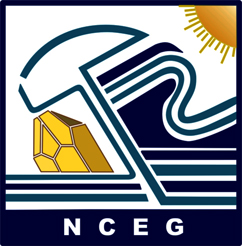Geos.823 Applications of Remote Sensing in Hydrology (3 C.H)
Course Contents
- Hydrology and remote sensing
- Remote sensing for hydrology from field, regional to global scales (observation and models)
- Vegetation as bio-physical variable for hydrology, vegetation mapping on satellite imagery
- Vegetation indices (NDVI, SAVI and EVI ), leaf area index (LAI), interaction of incoming net radiation and vegetation, spatial and temporal effects on light extinction coefficient for heterogeneous surfaces
- Effect of vegetation on soil moisture and evapotranspiration retrieval
- In-situ meteorological and hydrological fluxes measurement
- Satellite systems providing data for hydrological applications i.e., MODIS, EUMETSAT, SMOS and SMAP; remote sensing as a tool to identify and manage hydrological extremes (floods and droughts); hydrological models; hydrology and precision agriculture.
Recommended Books:
- Campbell, G.S. and John, M.N., 1998. An introduction to Environmental Biophysics, 2nd Ed. Springer.
- Campbell, G.S., 2008. An Introduction to Environmental Biophysics, Springer.
- Dale, A.Q. and Jaffrey, C.L., 2005. Thermal Remote Sensing in Land Surface Processes. CRC Press.
- Gupta, S.K., 2011. Modern Hydrology and Sustainable Water Development. Wiley-Blackwell.
- John, A.R., 2013. Remote Sensing Digital Image Analysis: An Introduction (5th Edition), Springer.
- Schultz, G.A and Engman, E.T., 2000. Remote Sensing in Hydrology and Water Management. Springer.
- Wilfried, B., 2005. Hydrology: An Introduction. Cambridge.

